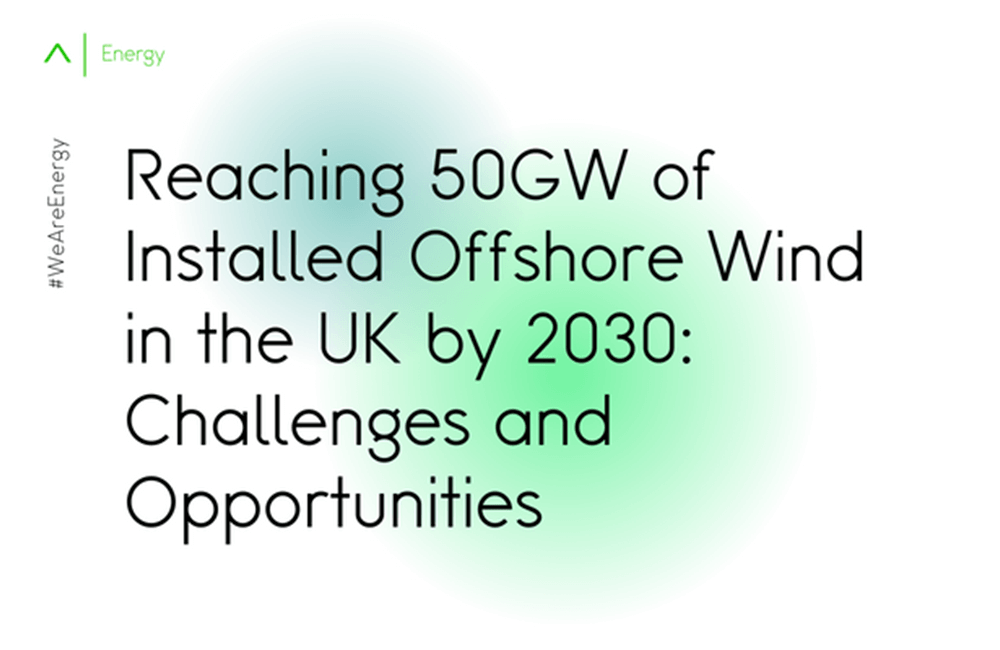Reaching 50GW of Installed Offshore Wind in the UK by 2030: Challenges and Opportunities
12 Jun, 202310 minsThe UK's offshore wind industry has been a remarkable success story, but it now faces ch...

The UK's offshore wind industry has been a remarkable success story, but it now faces challenges in meeting the increasing demand for clean energy. With a growing project pipeline and global competition, the UK must address supply chain limitations, rising costs, and other obstacles to achieve its goal of installing 50GW of offshore wind capacity by 2030.
Supply Chain Squeeze and Rising Costs
The UK's offshore wind project pipeline stands at an impressive 97.9GW, but the industry faces a supply chain squeeze. Global competition, coupled with the rising costs of raw materials and components, presents a significant challenge. The success of the Contracts for Difference (CfD) auctions, which have driven down costs, has inadvertently made the UK market less profitable, attracting less investment compared to mainland Europe and the US. The UK must find ways to make the supply chain more economically sustainable to support the growth of the offshore wind industry.
Expanding UK Ports and Floating Foundations
To achieve its offshore wind ambitions, the UK must urgently support the expansion of its ports. A mechanism that allows ports to make large capital expenditure investments, similar to CfD auctions, would be beneficial. Additionally, the manufacturing of floating turbine foundations presents an excellent opportunity for the UK to lead the world in offshore wind. By seizing this opportunity and transforming ports into industrial hubs, the UK can accelerate the deployment of floating wind at scale and create a competitive advantage in the global market.
Supporting UK Manufacturing
The UK government's Offshore Wind Manufacturing Investment Scheme (OWMIS) has been instrumental in supporting the supply chain. However, more support is needed to attract multinational companies to build factories and infrastructure in the UK. The risk of UK manufacturers prioritising the export market over the domestic market highlights the importance of introducing reforms to ensure a balanced approach. The government's aim to make the UK the most attractive offshore wind market requires continued investment in UK manufacturing capabilities and the creation of a favourable business environment.
Overcoming Challenges and Grid Upgrades
Addressing the challenges of turbine size, heavy lift vessel availability, and grid infrastructure upgrades are crucial for achieving the 50GW target. Collaboration between turbine manufacturers and vessel designers is necessary to optimise manufacturing and installation processes. The UK needs to strategically focus on its strengths and explore opportunities within the supply chain, fostering partnerships and supporting companies that excel in specific areas. Furthermore, the significant infrastructure upgrade of the National Grid poses both challenges and opportunities, requiring coordinated efforts to ensure timely grid connections for offshore wind farms.
Reaching the ambitious target of 50GW of installed offshore wind capacity in the UK by 2030 is attainable, but it will require proactive measures to address challenges and capitalise on opportunities. By supporting the supply chain, expanding ports, fostering UK manufacturing, and ensuring grid infrastructure upgrades, the UK can maintain its position as a global leader in offshore wind and contribute significantly to a sustainable energy future.


